Start your morning with a refreshing twist! Dive into the world of homemade cold brew coffee – a journey where simplicity meets flavor. Imagine a coffee that’s smoother and cooler than your usual hot brew, ready to invigorate your day. Whether you’re new to the cold brew scene or a seasoned enthusiast, this guide will show you how to create that perfect, chilled cup right in your kitchen. Embrace the ease of brewing and the joy of sipping on a coffee that’s as refreshing as a gentle morning breeze. Let’s begin this flavorful adventure.
The Cold Brew Craze: Why It’s Hot Right Now
Cold brew coffee, once a little-known drink, has become a big hit. It started centuries ago in Japan and got popular around the world because of its unique taste and brewing method. In the last few years, big coffee shops like Starbucks began selling it, making it even more popular.
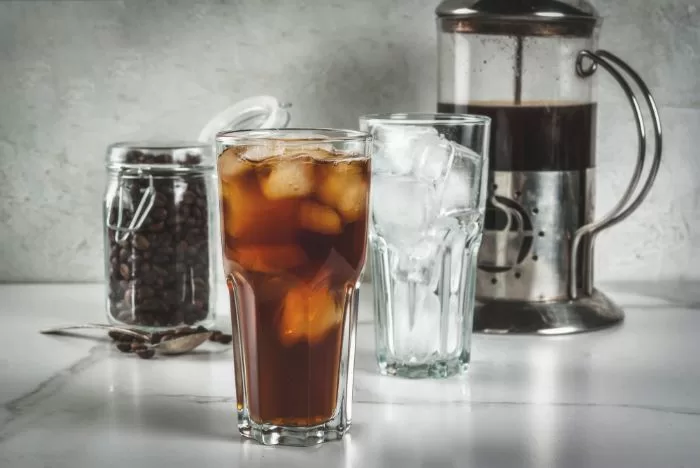
People love cold brew for many reasons. Its smooth taste is the main draw. Without the high heat used in regular coffee making, cold brew skips the bitterness, making it a hit for those who prefer a smoother cup. It’s also less acidic by about 66% compared to regular coffee, which is good news for your stomach.
Another big plus is the caffeine kick. Cold brew tends to have more caffeine than hot coffee, giving you a bigger energy boost. It’s not just versatile, being great hot or cold, but also stays good for longer. You can keep it in your fridge and enjoy it for days.
Cold brew’s rise in popularity has also led to new flavors like caramel, vanilla, and mocha, catering to different tastes. It’s this combination of smooth taste, less acidity, and more caffeine that’s making cold brew a favorite choice for coffee lovers today.
Brewing 101: The Cold Brew Difference
Let’s explore what sets cold brew apart from the regular, steaming cup of coffee. The journey of cold brew, from its historical roots to its modern popularity, is as rich as the brew itself.
1. Brewing Process and Time:
Cold Brew involves steeping coffee grounds in cold water, usually in the fridge, for a long period, typically 12 to 24 hours.
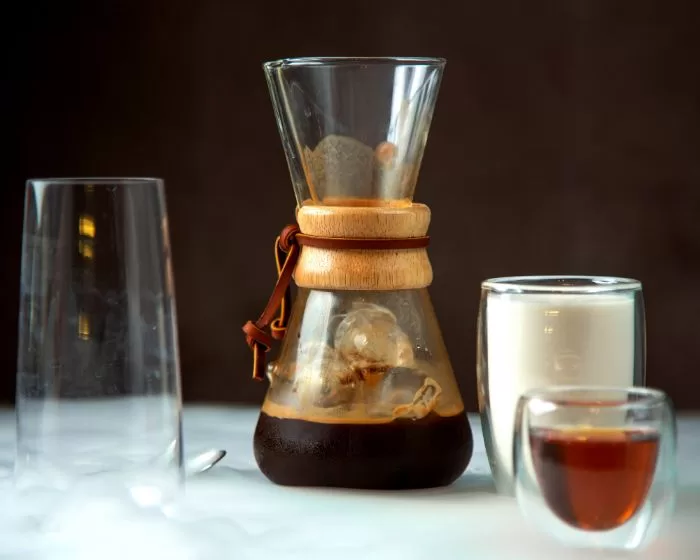
It’s a slow process but relatively simple. In contrast, regular coffee is brewed quickly, using hot water, which extracts flavors and acids in a matter of minutes.
2. Flavor and Acidity:
Cold brew is known for its smooth, often chocolatey flavor, lacking the bitterness often found in hot brewed coffee. This smoothness is due to lower acidity levels, which also makes cold brew gentler on the stomach.
Regular coffee, brewed with hot water, extracts more acidic compounds from the beans, contributing to a sharper taste and potentially higher acidity, which might not be as stomach-friendly.
3. Caffeine Content and Shelf Life:
While cold brew can be more concentrated, its actual caffeine content varies. When diluted for drinking, its strength is comparable to regular coffee. However, cold brew uses more coffee grounds, which can result in higher caffeine levels in the concentrate.
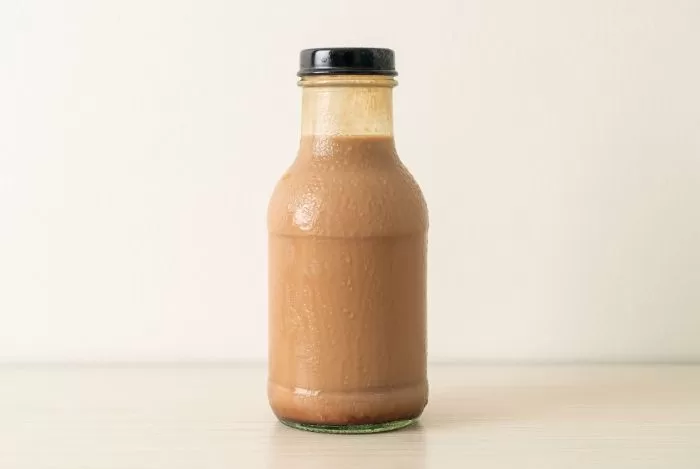
Cold brew boasts a longer shelf life compared to regular coffee. It can be stored in the fridge for up to two weeks without losing its flavor, unlike hot brewed coffee which starts to go stale within hours.
4. Brewing Equipment and Cost:
Cold brew can be made with simple equipment like a mason jar and filter paper, or a French Press. It doesn’t require the often more complex equipment needed for espresso or other hot coffee methods.

Despite its simplicity, cold brew can be more expensive to make and buy. It requires more coffee grounds per brew, and specialty cold brew equipment can be an additional cost.
5. Versatility and Preference:
Whether you prefer cold brew or regular coffee can depend on your taste. Cold brew offers a unique, milder flavor profile, while hot coffee provides the classic taste many are accustomed to.
Both types can be enjoyed hot or cold and can be made with any coffee beans or roast level. It boils down to personal preference and the kind of flavor profile you enjoy.
Your Cold Brew Toolkit: Essentials Unveiled
For the perfect cold brew setup at home, you’ll need:
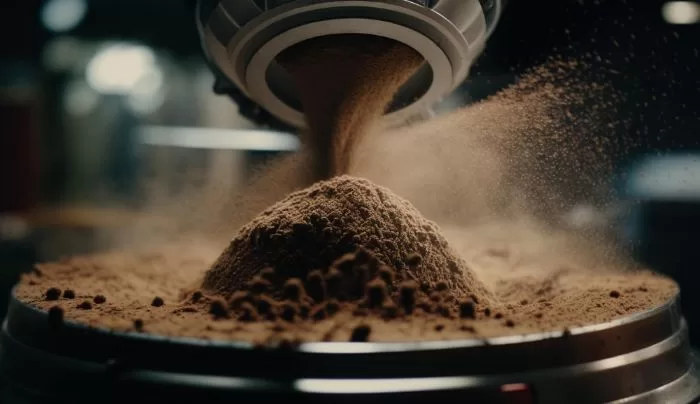

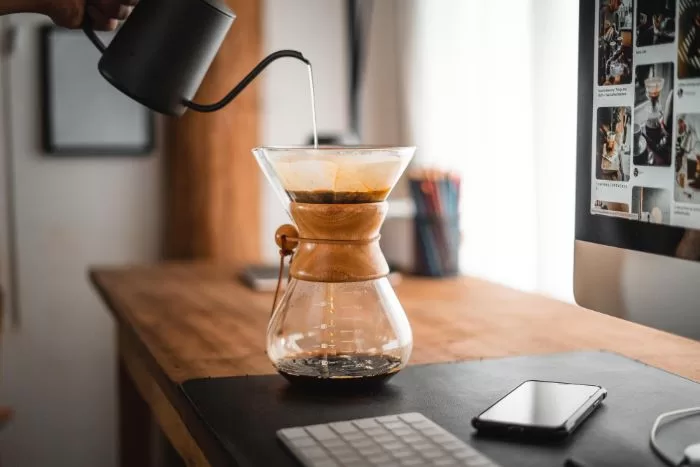

Art of the Brew: Crafting the Perfect Batch
The brewing process itself is simple but requires patience. Start by grinding your coffee to a coarse consistency. A 1:8 coffee-to-water ratio is a good baseline, but feel free to adjust according to your taste preference. Let the mixture steep in the fridge for 12-24 hours. The longer it steeps, the stronger the flavor, so experiment to find your perfect batch.
Strain like a Pro: Achieving Silky Smooth Coffee
Straining your brew correctly is critical for a smooth, enjoyable drink. Begin with a coarse strainer to remove the bulk of the grounds, followed by a finer filter like cheesecloth or a fine-mesh sieve to catch smaller particles. For an extra clear brew, a final strain through a paper coffee filter can be used.
Personalize Your Potion: Cold Brew, Your Way
Personalizing your cold brew is where you can get creative. Experiment with different sweeteners, from classic sugar to syrups or natural sweeteners.

Flavor your brew with spices, extracts, or flavored syrups. Dairy and dairy alternatives can also add a new dimension to your drink. Adjust the strength by changing the concentration of your brew when you dilute it with water or milk.
Serve it Right: Cold Brew at Its Best
For serving and storage:
- Serve cold brew over ice, diluted with water, milk, or cream as needed.
- Store the concentrate in an airtight container in the fridge for up to two weeks.
- For longer storage, freeze the concentrate in ice cube trays.
- Enjoy the rich, smooth taste of homemade cold brew coffee, customized just the way you like it!
Cold Brew Hacks: Elevate Your Coffee Game
Here are some tips and tricks for elevating your cold brew coffee experience:
Selecting the Ideal Coffee Beans:
The foundation of any great cold brew starts with high-quality, freshly roasted beans. For cold brew, beans with a medium to coarse grind are optimal as they allow for a more effective extraction of flavor without overdoing it.
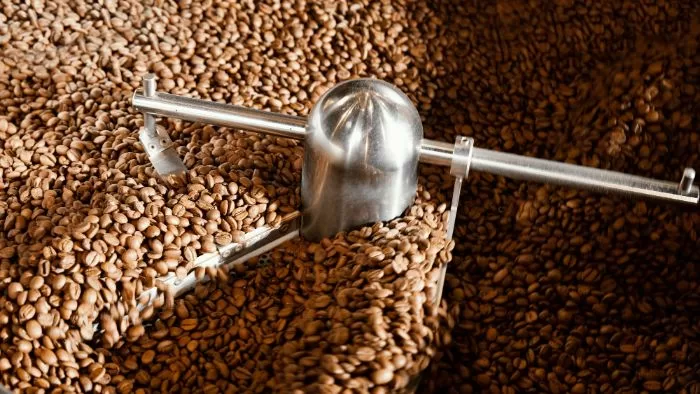
The choice of beans will significantly affect your brew’s final taste, so selecting a bean that suits your flavor preference is essential. Look for beans with rich, chocolatey notes if you prefer a sweeter, fuller-bodied brew, or beans with fruity undertones for a lighter, more refreshing taste.
The Role of Water in Cold Brew:
Water quality is often overlooked in coffee brewing, but it plays a crucial role, especially in cold brew, which is water-dominant. Using filtered water can help remove impurities and chlorine tastes that could potentially spoil the subtle flavors of your coffee. Since cold brew is about 98% water, its quality will directly influence your brew’s overall taste.
Fine-tuning the Coffee-to-Water Ratio:
The standard ratio for cold brew is 1 part coffee to 4 parts water, but this is just a starting point. Depending on whether you prefer a stronger or milder brew, you can adjust this ratio. Some coffee enthusiasts prefer a 1:8 ratio for a lighter taste, while others might go as strong as 1:2 for a more concentrated brew. The key is to experiment until you find the balance that satisfies your palate.
Mastering the Steeping Time:
The steeping time for cold brew typically ranges from 12 to 24 hours, but this can be adjusted based on the flavor intensity you desire. A longer steeping time will result in a more robust and pronounced coffee flavor, whereas a shorter time will produce a milder, subtler taste. Remember, cold brew is a forgiving process, so feel free to experiment with different steeping times to find your perfect brew.
Achieving a Smoother Brew with Temperature Control:
For a smoother brew, start your steeping process with slightly warm water to help initiate the extraction process.
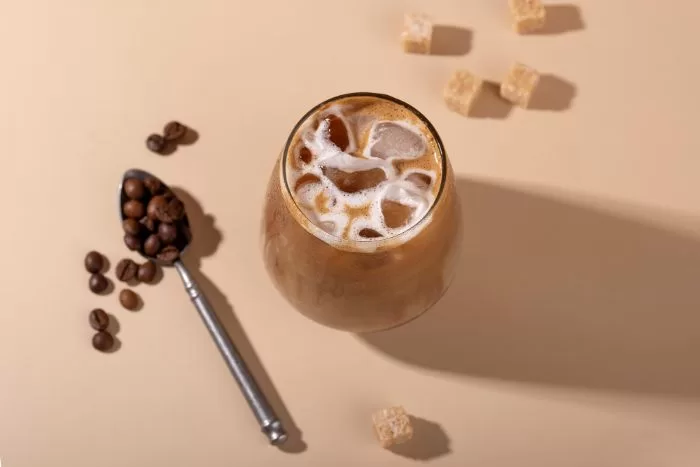
Once the grounds are saturated, transfer your brew to the fridge for the remaining steeping period. This method can help extract a more nuanced range of flavors from the coffee.
Wrap Up
In our guide, “Chill Out and Sip On,” we’ve explored the rich and nuanced world of homemade cold brew coffee. We’ve uncovered its history, examined its smooth and less acidic nature, and provided insights into creating the perfect brew.
From the right beans and water quality to the ideal steeping time and temperature control, each aspect contributes to a superior cup. We also delved into personalizing your brew and innovative serving ideas, making each cold brew experience uniquely delightful.
This guide isn’t just a set of instructions; it’s an invitation to experiment and savor your own perfect cup of cold brew at home.
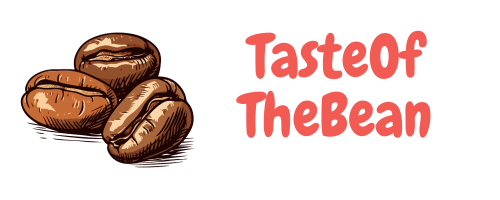

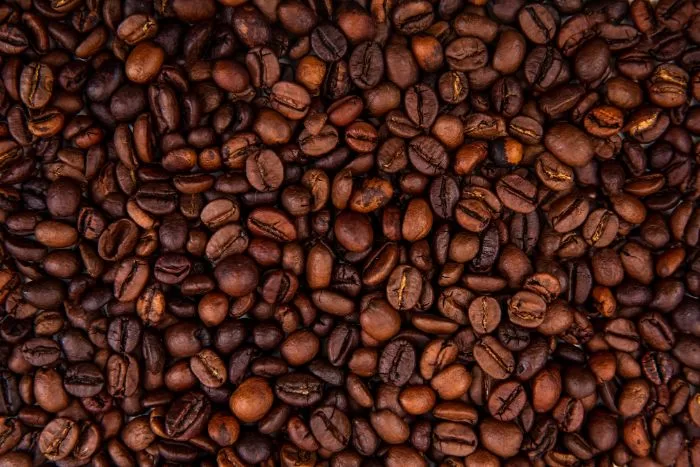

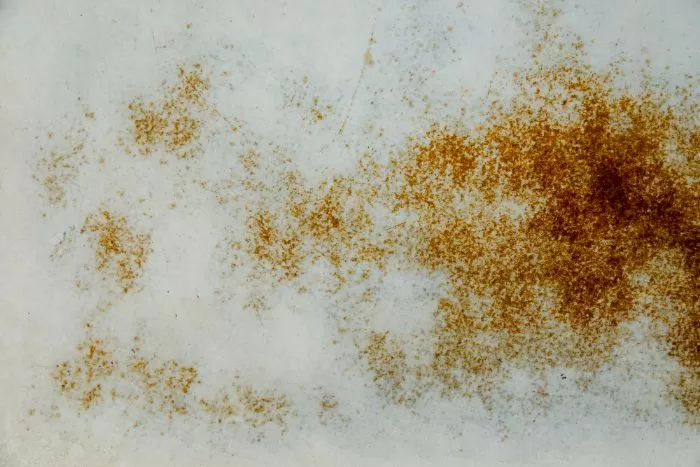
Leave a Reply